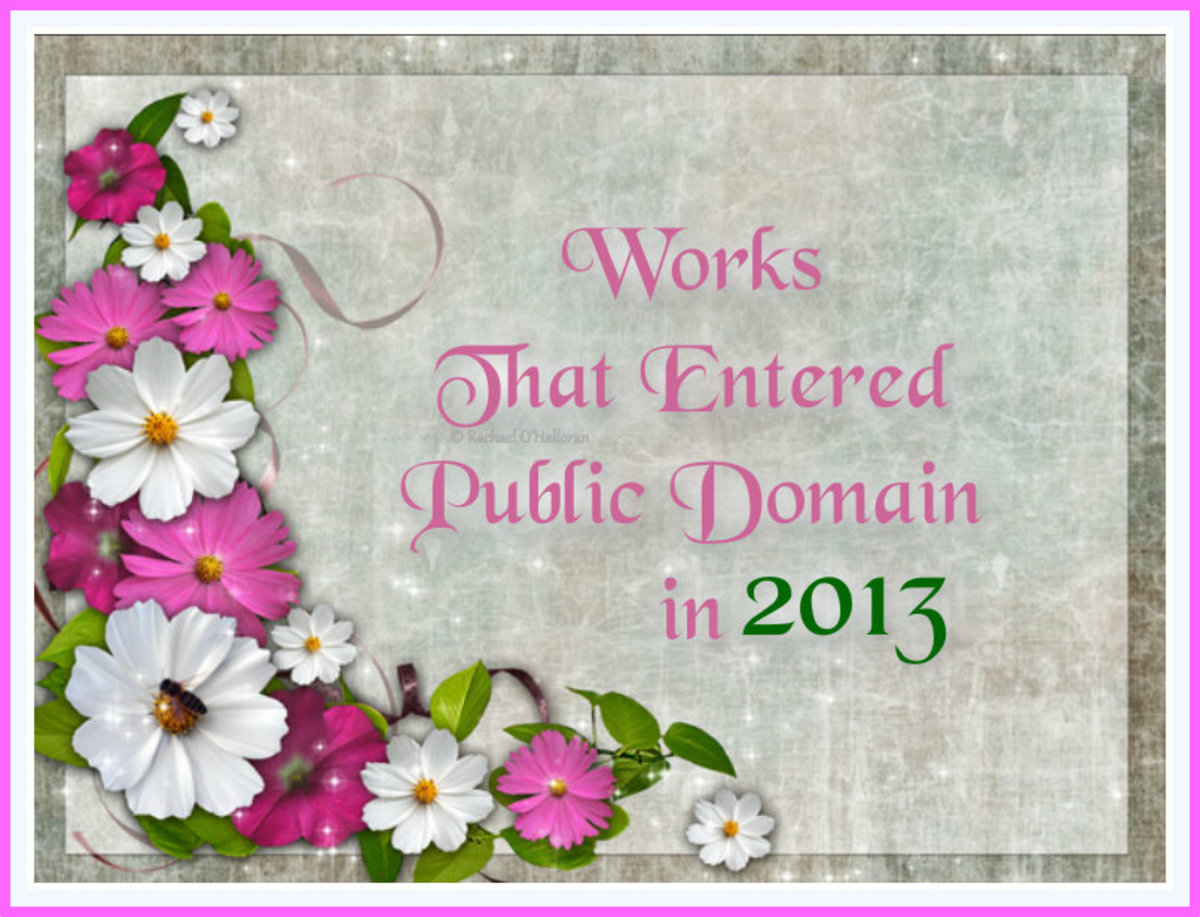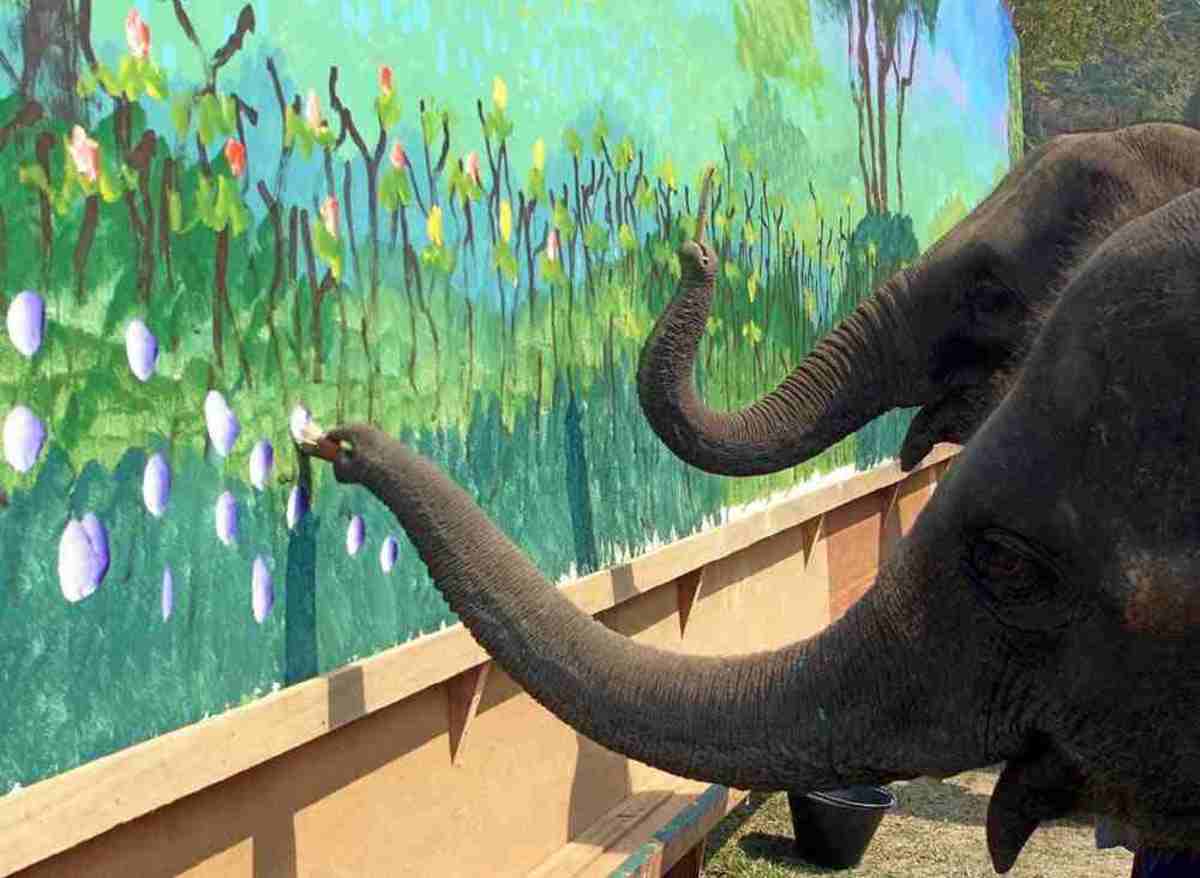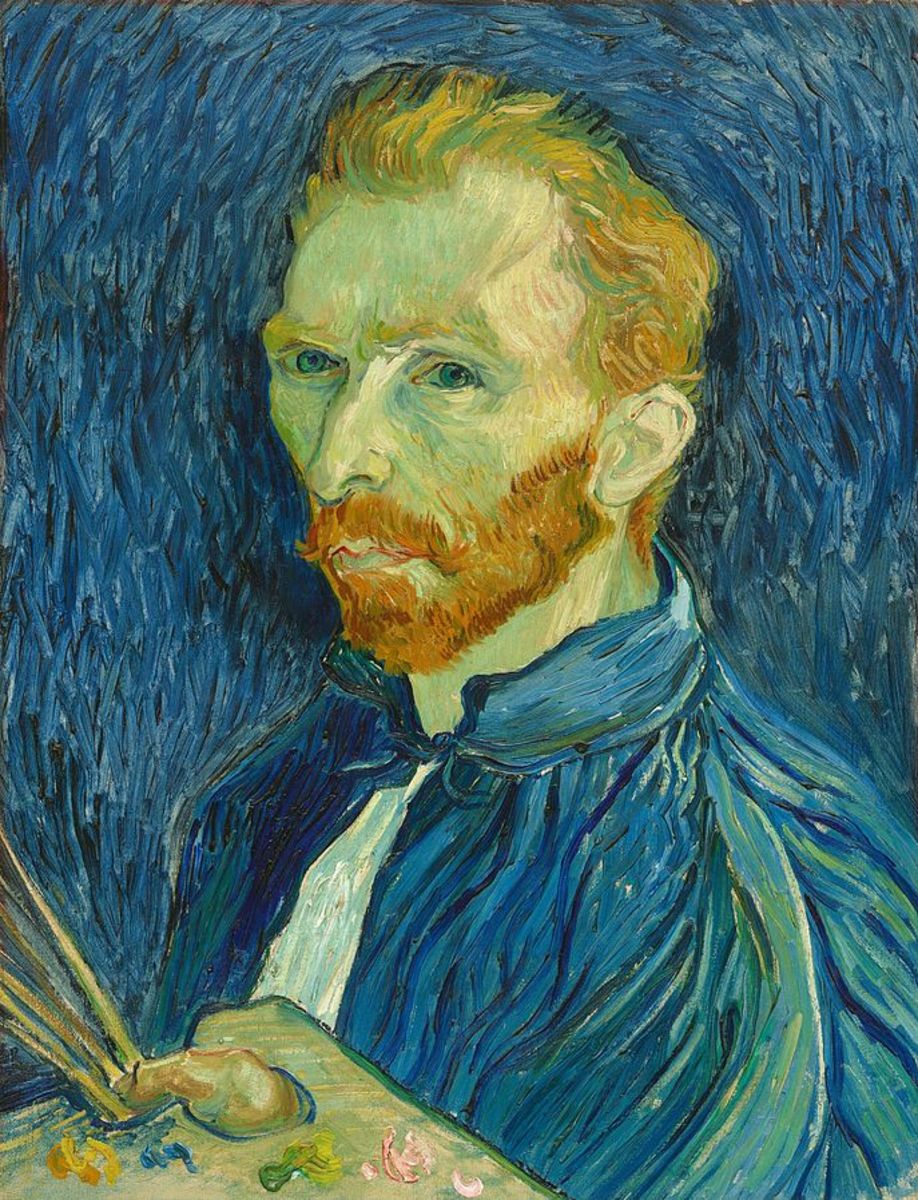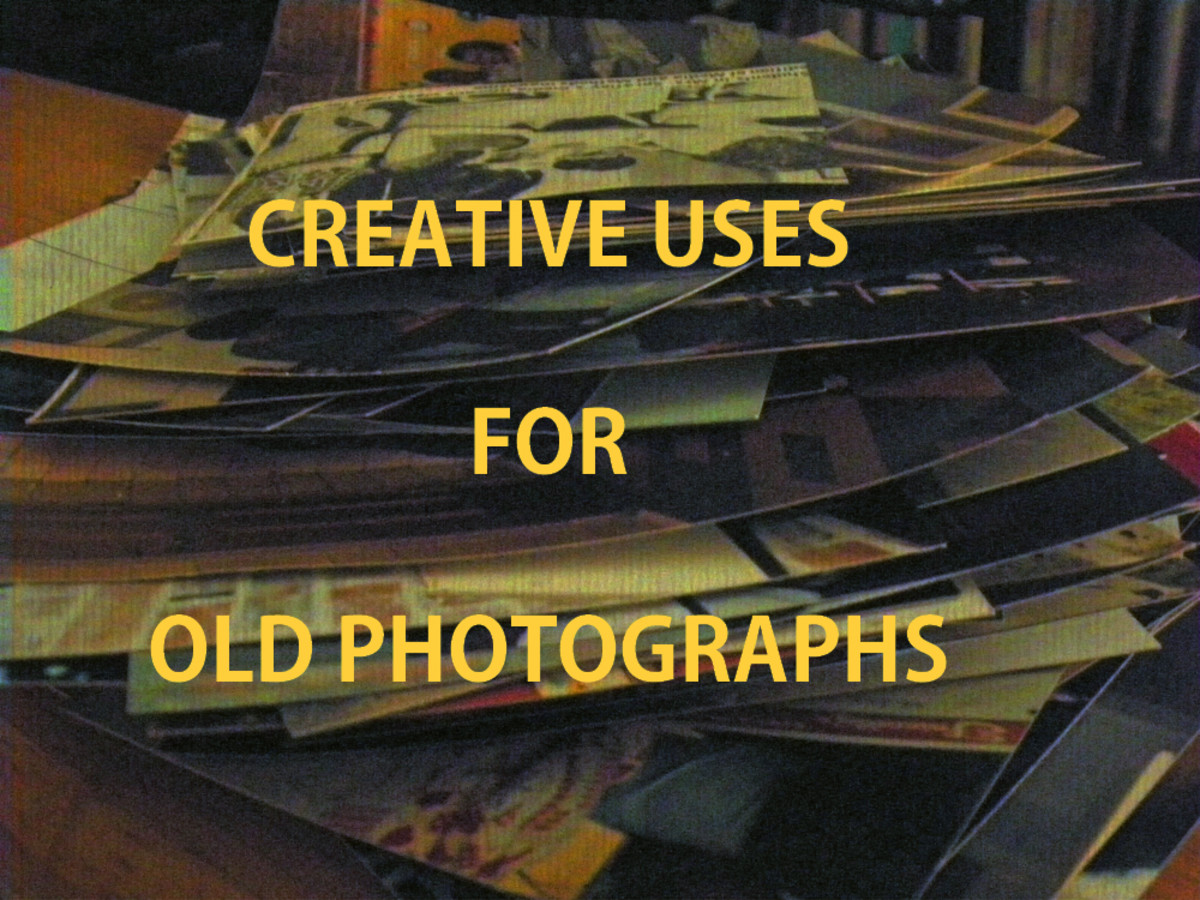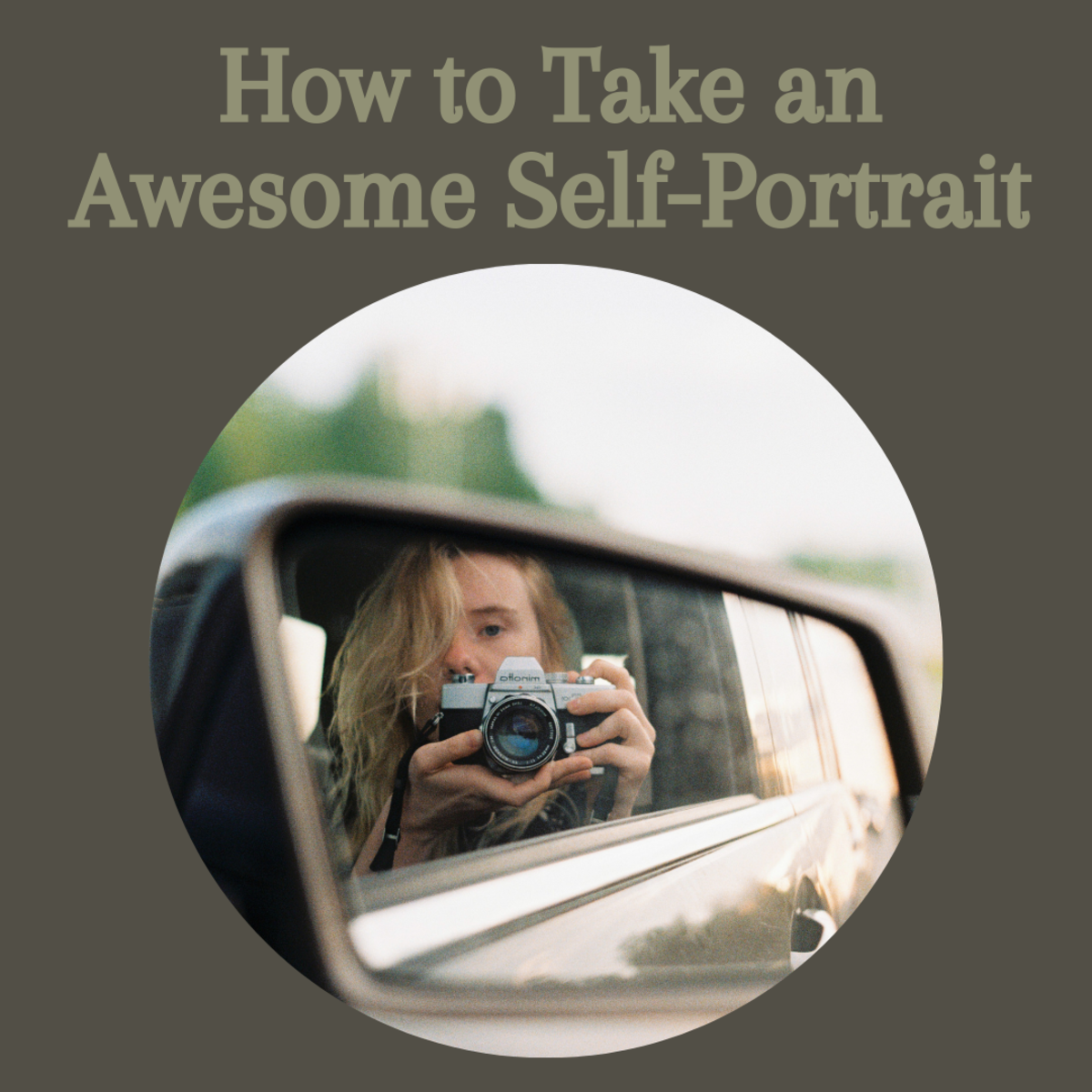Photographs of Public Domain Fine Art Paintings - Do They Have Their Own Value?
When we use fine art online, we are not reproducing just the painting, we're reproducing somebody else's photograph of a painting. It's an issue that is complicating international copyright law. A leading argument is (and not everyone or all laws agree) that a photograph of a painting has its own copyright, just like any other photograph would. I've written about this issue in What's the Difference Between a Public Domain Painting and its Image.
I think it's worth discussing whether these photographs do, and should be considered to have, their own value?
I first came across this issue many years ago, pre-internet, as I was tracking down and "clearing" works of fine art for a television documentary. It was a surprise to me that we needed to clear each painting not just once (they weren't all totally in the public domain) but twice, because we needed to pay a license fee to the owners of the photographs of the paintings too. However, this soon made sense. It was a joy to work on this programme. As transparencies of the artwork came in, by post (funny to think of now) from around the world, they were breathtaking. Most of them had been taken with medium format cameras. I think only one was as small as a regular 35mm slide. One of them - I think it was one of Monet's paintings with the woman in white and the parasol - came in as an A4/letter sized transparency. It was enchanting. I had work to do but couldn't help but sit and stare at it for while.
These transparencies were then all filmed individually on 16mm film, and cut into our programme. It was clear that these photographs had been taken with tremendous skill and care, and at no small cost to the galleries and individuals who had arranged for them to be photographed. It was evident why these galleries, who owned the photographs, expected recompense for them.
It's easy to take the images of paintings that we see online for granted. After all, they just look like the paintings themselves. But that's exactly the point. It takes care and skill, and often specialised equipment, to make them look just like the original paintings. By contrast, here is a photo taken from Wikimedia Commons. The painting is in the public domain. It's an old copy of Leonardo's The Last Supper (I've been unable to find the artist - if anyone recognises either the artist or knows the painting and its location, I'd be very glad to know - thank you).
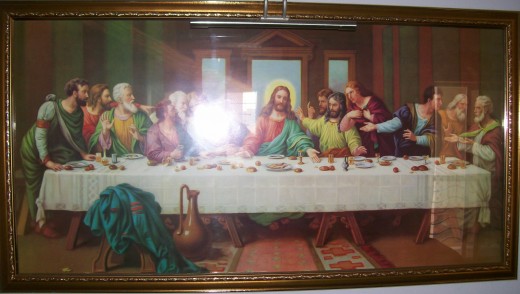
The photograph was taken by Kensplanet, who has kindly given it over to the public domain, which means that we can use the photo in any way, and in any format we like. Kensplanet, who rather cutely has filled in the "source" section with "clicked on my camera" is obviously not pretending to be anything other than an amateur photographer. I'm using it in a hub article as an original painting in the public domain, and where the copyright owner of the photograph of the painting has given me permission to do so. We can see the flash on the glass, and a doorway reflected on the right hand side. This is what happens when you snap away at works of fine art. It's why the professionally taken images have more value to us as users than might immediately seem the case. As I say, it's easy to take them for granted.
By contrast, I've included Mark Ewbie's The Last Supper, so that you can enjoy a representation of it in its entirety without any of it being obscured by flash photography. I'm unable to show Leonardo's original fresco work "The Last Supper" here, because although it is, itself, in the public domain, I'm unable to access a digital image of it that I can currently be certain is totally legal (especially uploading from the UK), within my budget for this article.
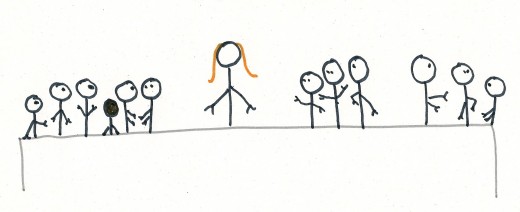
So there's no doubt in my mind that photographs of paintings have their own value. They're worth something to us. Those paintings wouldn't be available to us to use and enjoy online at all if they didn't exist, and hadn't been carefully taken.
But does that mean that control of them should stand between us and paintings that are public domain (and so in theory should be free of charge for us to enjoy?) Wikimedia Commons thinks this issue should not stand in the way. Most galleries, and copyright law, particularly outside of the US, disagree.


